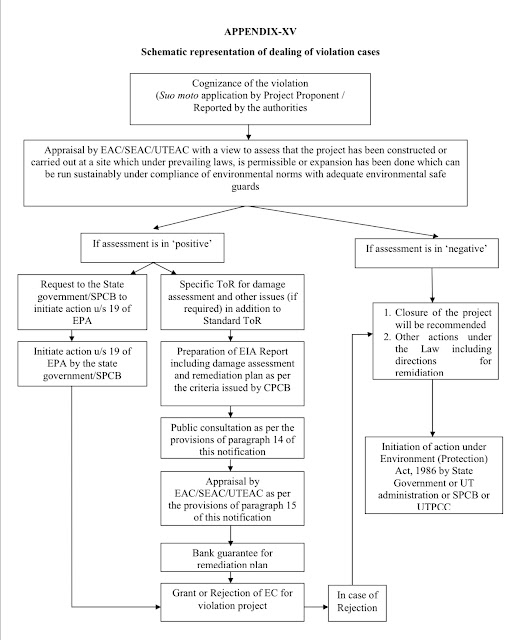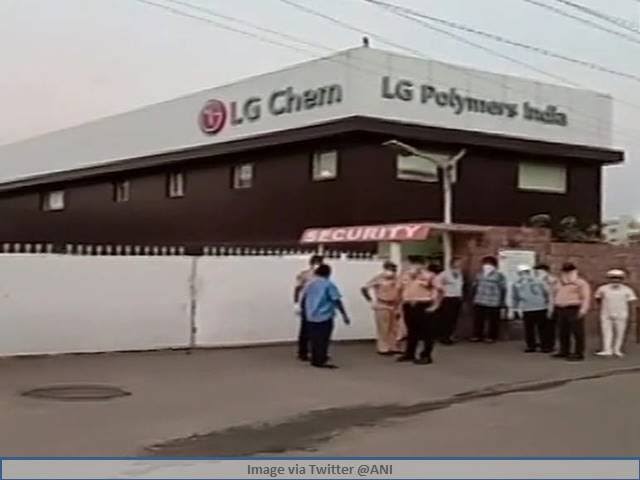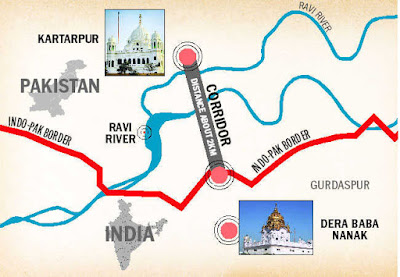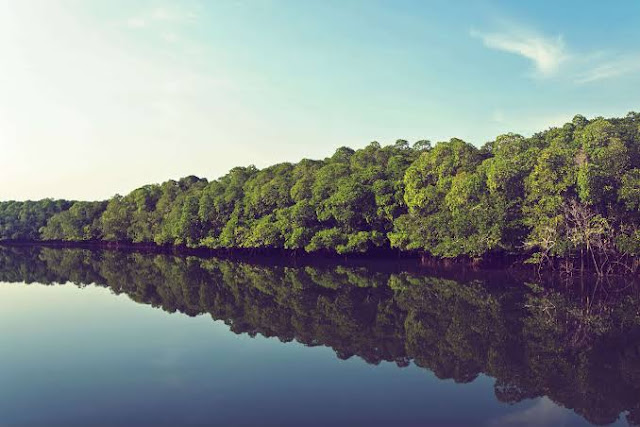LG Polymers Gas leak : Is it operating without any Environmental Clearance??
On May 7 2020, Visakhapatnam city has woke up to a worst nightmare of people lying unconsciously on roads and cattle lying dead due to a gas leak from a polymers manufacturing company located at a village named R.R Venkatapuram on the outskirts of the city. The Industry is owned by South Korean major LG group,holding the name LG polymers India private limited. The gas leak mishap sent ripples across the country with disturbing images and videos circulated across the social media. Many people felt it was reminiscent of Bhopal gas tragedy that shook the nation three decades ago. The gas that was purportedly leaked was reported to be a hazardous gas called Styrene. The gas leak mishap reportedly killed 12 people and hospitalised thousands of people. Within a few hours, NDRF and a central team of experts took control of the situation and managed to bring the gas leak undercontrol. A high level committee was appointed by the state government to investigate on how exactly the gas leak has happened.
status of the application filed for EC by LG polymers.
On the same day, media reported that LG polymers has been operating without valid Environmental Clearance(EC) and some environmental activists alleged that the state pollution board allowed the industry to operate without any valid environmental clearances (EC) right from its establishment. The focus of the issue shifted from gas leak to the company violating laws of the land and operating with impunity.
The area of interest of this article is to find out whether the company had been really violating the norms right from its inception.
Putting facts together on how LG polymers was operating without EC.
The concept of Environmental clearance for development projects was legislated for the first time in the year 1994 through a government notification with the Environment protection act(1986) backing it. The government of India mandated EC for 29 categories of industries as follows.
 |
| Category of Industries |
The Environment Impact assessment(EIA) notification 1994 was highly centralised and the State pollution board was the nodal agency to assist the Impact assessment agency which will carryout the EIA.
Again in 2006,the government of India had notified a new Environment Impact assessment notification (2006) bringing major changes in the previous notification. The new environmental clearance procedure was made more decentralised. New categories of Industries were added in the notification and all the industries were divided in two categories A and B based on their threat to the environment.
A new authority called State Environment Impact Assessment Authority (SEIAA) was created to give clearences for category 'B' industries at the state level. The authority will be guided by an expert committee at state level. So,the final decision for giving the EC will rest with the SEIAA and not the state pollution control board.
Both the notifications are more or less silent on the violations,but it is important to note that further amendments to the notification 2006 included some measures on how to deal with violations.
Coming to the LG polymers India Pvt Ltd,
The company, according to its website, was established in 1961 as ‘Hindustan Polymers’ by the Shriram Group for manufacturing PS and its co-polymers at Visakhapatnam.It got merged with MC Dowell & Co Ltd of UB Group in 1978. Considering India as an important market for its aggressive global growth plans, LG Chem in July 1997 acquired Hindustan Polymers and renamed it as LG Polymers India Pvt Ltd (LGPI) in July 1997.
According to the EIA notification 1994,there is an exemption for already established industries.
At various instances the company had applied for requisite permissions with AP pollution control board for minor capacity expansions and obtained them accordingly.
 |
| Various consents from the State PCB. |
In the year 2017,the company wanted to go for a major expansion in its capacity and approached Pollution control board for requisite permission to the same. The State pollution control board reportedly advised the company to get EC from the Centre to expand its capacity.
Accordingly, the company filed an application with the ministry of environment for clearance for the expansion,the ministry forwarded the application to the SEIAA as the the request comes under B1category according to the EIA 2006 notification. During processing of the application,the SEIAA found out that the company is operating without valid EC for the already present capacity and raised a query to the company,it asked the company to file an affidavit.
Before going further,we have to note that the government of India has given some exemptions in its subsequent notifications to those companies who are operating without valid EC. Let us see what are those exemptions and how SEIAA proceeded based on those notifications.
According to the notification order S.O.804(E) dated March 17,2017. The Central ministry will consider the applications in form of Terms of References (TOR) and grant the EC both for category (A) and (B) industries which are operating without valid EC. So according to this order, both Category A and category B violation applications will be accepted only by central environment ministry.
After an year,the environment ministry released another notification order S.O. 1030 (E) dated 8th March,2018. According to this notification,the central government has delegated the powers of considering the violations at state level i.e, category (B) to the SEIAA. It also noted that this step had been taken after repeated requests from the public representatives and industry associations.
The same notifications have been pointed out in the notice issued from the SEIAA to LG polymers on filing an affidavit and it clearly mentioned the contents of the affidavit.
 |
| Notice to LG polymers |
Accordingly,the company filed an affidavit for further process of the application and assured the authority that it will pay all the penalities if it found violative of any rules,if the SEIAA finds major violations at this stage,the authority can ask the industry to shutdown it's operations,but it didn't do so and accepted the affidavit and processed the application, this shows that there were no major violations by the company.
The category B1 industries have to follow certain process to obtain the EC. Environment Impact assessment is a prerequisite to obtain the clearance and it involves many steps like screening, scoping,Public Consultation and Appraisal. These steps have to be followed to get an EIA report which is used as a reference to grant the EC. When the mishap happend,the company application was still processing and scoping has been completed and public consultation has to be started. Processing of the application doesn't mean that the company has to close down its operations and wait for the EC. It has to shutdown the operations if there are any explicit orders from the SEIAA to that effect.
 |
From the above facts,we can conclude that even though LG polymers is operating its plant without valid EC,it was one among many industries in India which are doing it due to lack of clarity and proper guidliness from the government of India. We cannot say that they are operating their industries in violation of laws of the land as the government has provided some exemptions to these industries.
As an effort to clear the air and provide clear guidelines to the violaters,the Ministry of Environment of government of India has come with a draft notification in March 2020. The notification is in draft stage and the ministry has put out the draft for public consultation till June 2020. Below is the grab of rules to be followed in case of violations when the draft becomes part of the law.
 |
| Add caption |






Comments